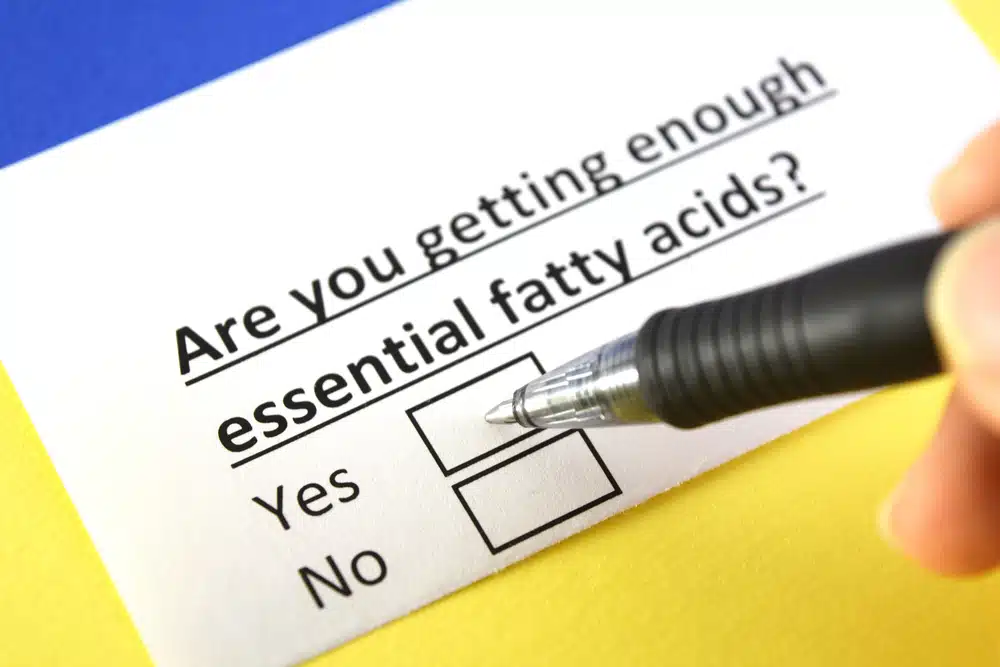
Conquer Your Confidence: Smile Strategies for the Busy Woman on the Go
Juggling deadlines, family, and self-care can feel like a constant three-ring circus. But amidst the chaos, it’s easy to let one crucial element slip through the cracks: your smile. For women in their 30s and 40s, a confident smile isn’t just about aesthetics; it’s a powerful tool for navigating the world with poise and self-assurance.
So, how do you achieve that “million-dollar smile” without sacrificing precious time or breaking the bank? Here are some smile strategies for the busy woman on the go:
Quick Fixes for a Radiant Grin:
- The Power of White: A quick teeth whitening session can work wonders for boosting your confidence. Opt for professional in-office whitening for a long-lasting effect, or try home whitening strips for a convenient and budget-friendly option.
- Lip Service: A flattering lipstick shade can instantly brighten your smile and add a pop of personality. Choose a color that complements your skin tone and outfit for a polished look.
- Tame the Tameables: Unruly brows or uneven lip liner can distract from your smile. Invest in a quick brow touch-up or lip liner refill to keep your look polished and professional.
Beyond the Surface: Building a Healthy Smile Foundation:
- Hydration Hero: Dry mouth can lead to bad breath and dull-looking teeth. Carry a reusable water bottle and sip throughout the day to keep your mouth hydrated and your smile sparkling.
- Snack Smart: Ditch the sugary treats that can wreak havoc on your teeth and gums. Opt for protein-rich snacks like nuts or yogurt to keep your energy levels up and your smile healthy.
- Dental Detective: Schedule regular dental checkups and cleanings. Early detection and prevention are key to maintaining a healthy smile and avoiding costly dental problems down the line.
Smile-Boosting Strategies for Work and Beyond:
- The Power of Practice: Feeling self-conscious about your smile? Practice smiling in the mirror! The more you do it, the more natural and confident it will feel.
- Own Your Smile: Don’t shy away from showing off your pearly whites. A genuine smile is contagious and can instantly put others at ease, whether you’re leading a meeting or striking up a conversation.
- Embrace the Power of White: White isn’t just for weddings! A crisp white top or blouse can instantly brighten your face and draw attention to your smile.
Remember, a confident smile is not about perfection; it’s about feeling good in your own skin and radiating positivity to the world. By incorporating these simple tips into your routine, you can conquer your confidence and unleash the power of your smile, one busy day at a time!







